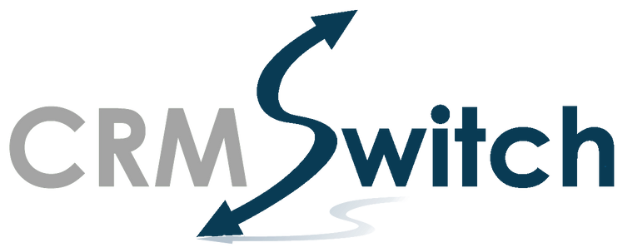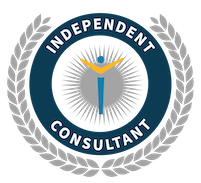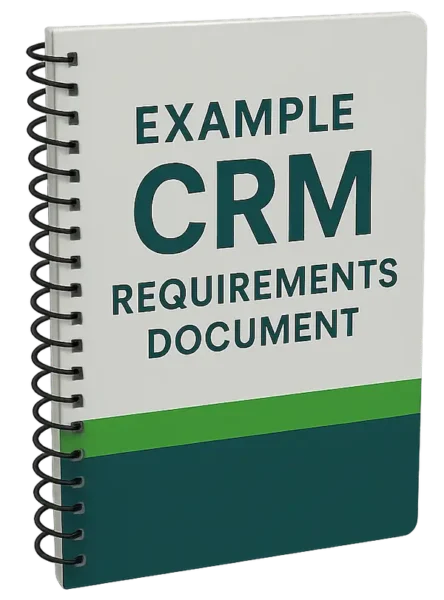What’s the difference between single-tenant and multi-tenant CRM? Why should this difference matter to you as a CRM buyer?

The difference between these two CRM architectures is tightly tied to an ongoing debate over the definition of cloud computing.
Some people are passionate about single-tenant CRM, while others believe that anything but multi-tenant CRM is reminiscent of the 1990s computing era.
Years ago, during his presentations at customer and partner conferences, Marc Benioff, CEO of Salesforce, advised the Salesforce faithful to “beware of the false cloud” — an apparent reference to Oracle’s cloud offerings.
The ‘false cloud’ refers to the fact that provisioning, for example, an Oracle Exadata server in a data center and then granting a customer access to that computing resource, does not adhere to the true definition of cloud computing.
The implication was that Oracle’s version of cloud computing, one form of which involved separate physical boxes for each customer, was not real cloud computing.
By association, any CRM solution that runs on its own physical or virtual server in a data center and calls itself Cloud CRM would also qualify as ‘the false cloud’ by Benioff’s standards.
Definition of Multi-Tenant CRM
Multi-tenant CRM, as its name implies, is a pooled computing resource shared among many different organizations (tenants). Multi-tenant CRM goes beyond a group of companies sharing the same data center. A large number of customers share the same database. Here’s a technical explanation of multi-tenant CRM (PDF).
In the early days of Salesforce, Benioff had to address the security concerns of buyers due to a common database used across multiple customers.
Fast forward to today. Almost any online subscription service you sign up for today fits Marc Benioff’s definition of cloud computing and multi-tenancy.
Whether you’re signing up for online banking, Google Workspace, Dropbox, X, or Facebook—name an application—you’re in one large, pooled environment and database with thousands or even millions of your closest friends.
Benefits of Multi-Tenant CRM
There are several benefits to multi-tenant CRM. From a CRM end-user’s perspective, these differences may not be immediately evident in day-to-day application usage; however, they can impact other aspects, such as cost, performance, and reliability.
Hardware and Power Economy – A significant benefit to multi-tenant CRM is on the cost side. With resource pooling, there are considerable savings in hardware and power. With single tenancy, a separate physical or virtual machine must be spun up for each customer. As Salesforce approached the 100,000 customer mark, it boasted that it served its entire customer base on only 3,000 servers.
Elasticity – Imagine a scenario in which a company starts with a ten-user, one-thousand-record pilot of a CRM system. If the pilot is successful, the plan is for the company to add 20,000 users and five million records.
Since a multi-tenant environment is elastic, all these users and records can be added without first calculating the resources that must be allocated to a machine, their associated costs, and the timeframe over which they will be utilized.
In a single-tenant environment, the customer’s physical or virtual server must be individually provisioned with additional processor power, memory, and storage space to accommodate the increase in users and data.
Effort to Upgrade – If there are a thousand customers on a thousand separate CRM instances and all of the instances need to be upgraded, that’s a thousand upgrades. If a thousand customers are on a single, multi-tenant CRM instance, that’s one upgrade. Multi-tenancy has made upgrades seamless, as they can be implemented without requiring any level of per-customer intervention when thousands of customers are upgraded simultaneously.
Backups and Redundancy – Peter Coffee once said that Salesforce’s redundant, U.S.-based data centers would withstand two simultaneous meteor strikes without disrupting service to its customers. Creating that level of redundancy would be a lot more technically challenging if tens of thousands of customers each had their own virtual server in each of the two data centers.
Degrees of Multi-Tenancy
Even multi-tenancy has scalability limits. Salesforce’s multi-tenant architecture is segmented into nearly a thousand instances and periodically requires the creation of new instances as current ones reach capacity.
Microsoft’s online CRM solution is multi-tenant across application instances. Still, each customer has its own SQL Server database, as Microsoft’s underlying database technology was not designed for a large-scale, public cloud environment. The same applies to Sugar, which utilizes single-tenant MySQL databases.
On the other hand, Google has a single instance for all Google Apps users. When a new update is released, all customers receive it simultaneously.
Limitations of Multi-Tenancy
Multi-tenancy does have several inherent limitations, which can be overcome to varying degrees.
One limitation is that API governors must be in place, which restricts the number of API calls each customer can make over a defined period.
As a multi-tenant vendor, you can’t have a given customer on a multi-tenant CRM instance make millions of API calls per minute, as this can affect the performance of other customers on the same instance. Single-tenant CRM proponents will tell you that API limits do not exist with their solution.
Oracle’s Larry Ellison once called Salesforce the “roach motel of clouds.” While extracting your data from a multi-tenant CRM solution like Salesforce is possible, it may not result in a SQL Server or Oracle backup file that can be easily transferred to another environment. Instead, it’s likely to be a collection of CSV files that need to be migrated into another system.

Undoubtedly, the debate over the merits of single-tenant vs. multi-tenant CRM and cloud computing will continue.
Is a Single-Tenant Comeback Underway?
With the advent of AI tools like Bolt and Cursor, organizations have begun to return to single-tenant applications, including CRM.
They can achieve this by building a proprietary application in the cloud, hosting it on a platform like Netlify, and utilizing a database like Supabase.
In this case, the limitations (bandwidth, database size) are imposed by the hosting and database companies.
One site offers a training course on building single-tenant software (StS) solutions for those who want to get a head start on developing one or more StS solutions for their organization.
Perhaps in a few years, StS will become the ‘real cloud’ and SaaS will be the new ‘false cloud.’



